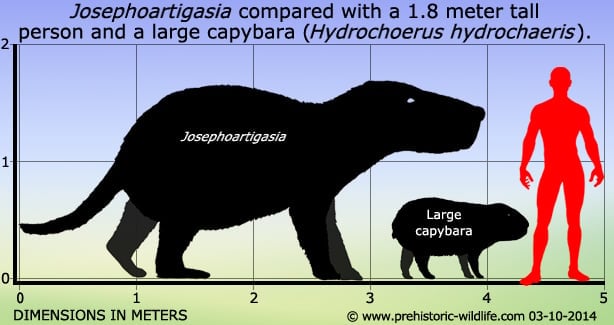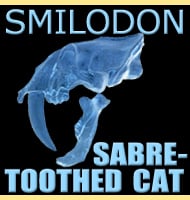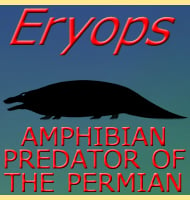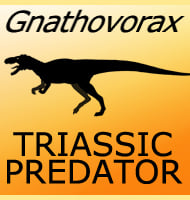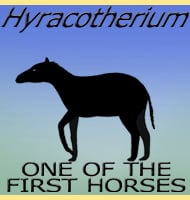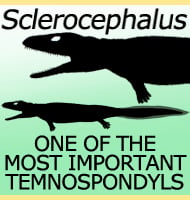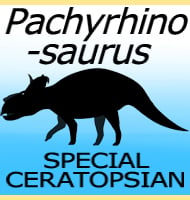In Depth
The title of biggest known rodent often gets assigned to the related Phoberomys; however the discovery of a new skull of Josephoartigasia revealed that it was quite a bit larger. These estimates however have to be based upon comparing the size of the skull of Josephoartigasia to those of other known rodents with more complete remains. Still just like with Phoberomys, Josephoartigasia was much bigger than the largest known rodent alive today, the capybara.
Josephoartigasia was initially known as Artigasia magna, although this species was only based upon a description of teeth by J. C. Francis and A. Mones in 1966. Mones later created the genus Josephoartigasia in 2007, but it was the description of the second species, J. monesi in 2008 by Rinderknecht & Blanco that would confirm Josephoartigasia as the largest known rodent.
Josephoartigasia is thought to have lived in a wetland environment where it would use its thirty centimetre long incisor teeth to crop vegetation, possibly grasses. No one knows for certain why the larger rodents like Josephoartigasia died out although the disappearance of Josephoartigasia occurred after the event known as the Great American Interchange. This is where the joining of North and South America during the end of the Pliocene allowed previously isolated animals to intermix with one another. For Josephoartigasia this would have involved increased competition from new herbivores as well as new predators. Climate change is also a factor as towards the end of Pliocene and early Pleistocene, global temperatures fell and the climate became drier and this likely caused wetlands to become reduced in size. Without habitats capable of supporting large rodents, and unable to adapt to another kind of ecosystem, the large rodents like Josephoartigasia would vanish, while smaller ones like the capybara could continue.
Further Reading
– The largest fossil rodent. – Proceedings of the Royal Society B 275 (1637): 923–928. – Andr�s Rinderknecht & Ernesto R. Blanco – 2008. – The largest among the smallest: the body mass of the giant rodent Josephoartigasia monesi. – Proceedings of the Royal Society B 275 (1646): 1953 – Virginie Millien 2008.
